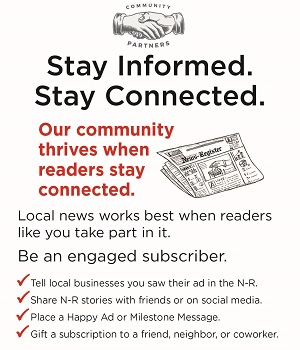Numbers rising on curve speed signs
If you haven’t already seen them, you soon will – that is, the new safety “chevron” signs along arced paths of sharp curves in Oregon roads. More on that below. For now, suffice to say that this is good news, since many speed numbers are going to be increased on advisory-speed warning signs preceding those curves.
In short, drivers will need to stop thinking they automatically can negotiate curves at 10 mph above the posted advisory speed.
Since 2013 — with a 2019 compliance deadline — state transportation departments have been testing new technology for analysis of recommended speeds on sharp curves.
Oregon DOT officials say half to three-quarters of curve warning signs will be increased 5 to 10 mph in advisory speeds over the next three years. It’s all because the feds are requiring national consistency so that 40 mph curves near Astoria will feel the same as 40 mph curves near Bend, and in any other state.
New technology is driving the project, as analog tools long used to determine advisory speeds have been replaced with GPS-assisted digital tools.
The old “ball bank indicator” method involves analysis of the arc traveled by a ball suspended in liquid after multiple drives through a curve. That uncertain technology, combined with irregular road surfaces and other factors, causes roadway crews to be conservative on posted advisory speeds.
New GPS-aided technology requires less time and provides more consistent results. Some curve advisory speeds may increase by even more than 10 mph, also influenced by advancements in pavement and road design, and the fact that new cars corner better.
The new standards apply to all public roads carrying more than 1,000 vehicles a day, including local and county roads, but the changes will take time. As new signs are posted, roadway by roadway, drivers will experience both old and new, so as they say, be careful out there.
Oh, and about those chevrons: They are tall, bi-directional arrow signs being installed through the entire arc of sharp roadway curves. The high-reflection signs are expensive at $300 to $500 each, but they are hugely helpful in leading drivers through the entirety of long, sweeping curves, especially at night and in bad weather.
Driving along Highway 22 north of Valley Junction, I spotted one curve with 11 chevrons. I call it my new $5,000 curve, but I still look forward to seeing similar safety measures spout up around the state.
Jeb Bladine can be reached at jbladine@newsregister.com of 503-687-1223.









Comments